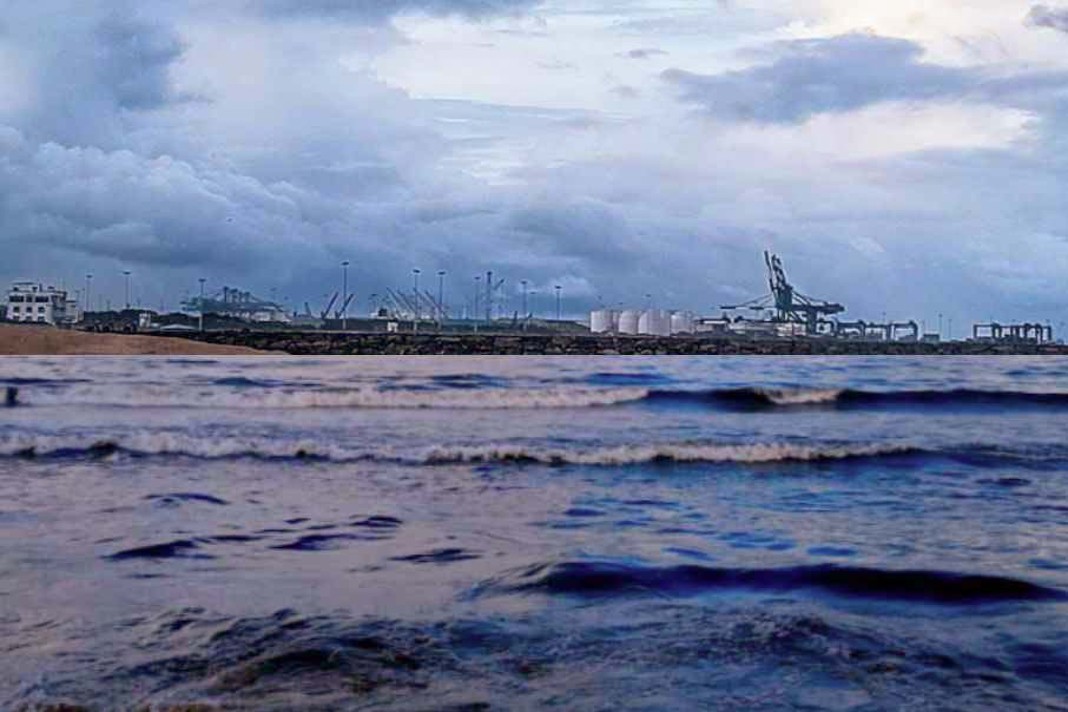The ongoing diversion of ships away from the Suez Canal and the drought that limited Panama Canal transits led to a decline in port performance worldwide in 2024, according to the World Bank’s latest global survey. However, some ports in the developing world showed big gains last year thanks to investments from global operators PSA International and DP World.
The World Bank’s annual Port Performance Index, developed in conjunction with S&P Global, showed little change in terms of overall rankings among some 400 ports. But the scores underlying those ranking generally fell across the board from their 2023 levels as off-schedule ships and rerouted vessels led to more idle time at ports. S&P Global is the parent company of the Journal of Commerce.
While the port disruptions do not match those seen during COVID-19, the World Bank said an average of some 2 million TEUs of cargo was delayed or stalled in 2024, the highest since 2022. Another World Bank measure of port congestion — the global fleet stuck in a port — also saw an uptick last year, going from about 29% in January to over 31% toward the end of the year.
Citing the example of Singapore, the World Bank said the port saw 85% of its inbound vessels arrive off-schedule in 2024, up from 77% in 2023. Due to the rerouting of ships, Singapore also saw an increase in the number of “short-notice” calls, creating issues around berth and yard planning. Even though Singapore “maintained resilience” in the face of delays, its overall index score dropped while its global ranking went from 19 in 2023 to 29 in 2024, according to the report.
Ports were impacted by a “new set of global disruptions that were mostly geopolitical and climatic, rather than pandemic-driven,” the World Bank said. “The Red Sea crisis led to widespread rerouting of Asia-Europe trade via the Cape of Good Hope. In parallel, continued Panama Canal water shortages limited daily transits to the US East Coast and Latin America.”
Terminal operators help boost port performance
Despite the global reach of those disruptions, many ports, particularly in developing economies, saw an increase in their performance scores. The World Bank said those gains stemmed from “partnerships with global terminal operators, political will to improve trade procedures, and, in some cases, investments from international financial institutions.”
India’s Jawaharlal Nehru Port saw its performance index almost double, according to the World Bank, with its ranking going from 96 in 2023 to 23 in 2024. Along with reforms that reduced ship turnover and container dwells, the port benefits from the capacity expansions that PSA International undertook at its Mumbai terminal concession.
PSA is also credited for turning around performance at Turkey’s Mersin port in 2024. While much of the gain stems from the port’s recovery after a major earthquake in 2023, PSA has completed an expansion of its Mersin terminal that allows it to handle two ultra-large containerships simultaneously.
DP World’s concession at Senegal’s Dakar port was also cited for better performance in 2024, with the World Bank ranking it the highest among sub-Saharan African ports, helping it to land its direct liner service with Asia. The World Bank highlighted DP World’s installation of new cranes and yard expansions at Dakar, along with the country’s improving road and rail network, as reasons for the better performance.
Almost a decade after it won the concession, DP World completed the first phase of an expansion at its Posorja terminal in Ecuador that allows for the handling of large container ships. The World Bank said Posorja’s performance has improved over the last five years, which “reflects purpose-built infrastructure and ongoing investment in a new deep-sea port.”
Did you subscribe to our daily Newsletter?
It’s Free — Click here to Subscribe!
Source: S&P Global

















